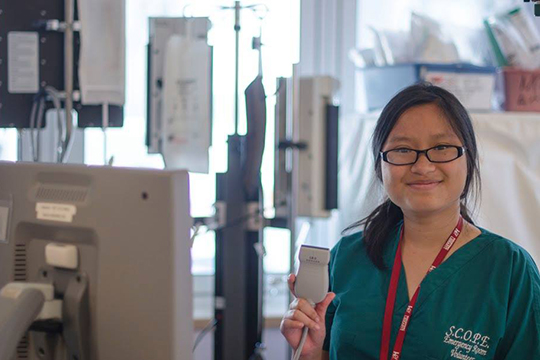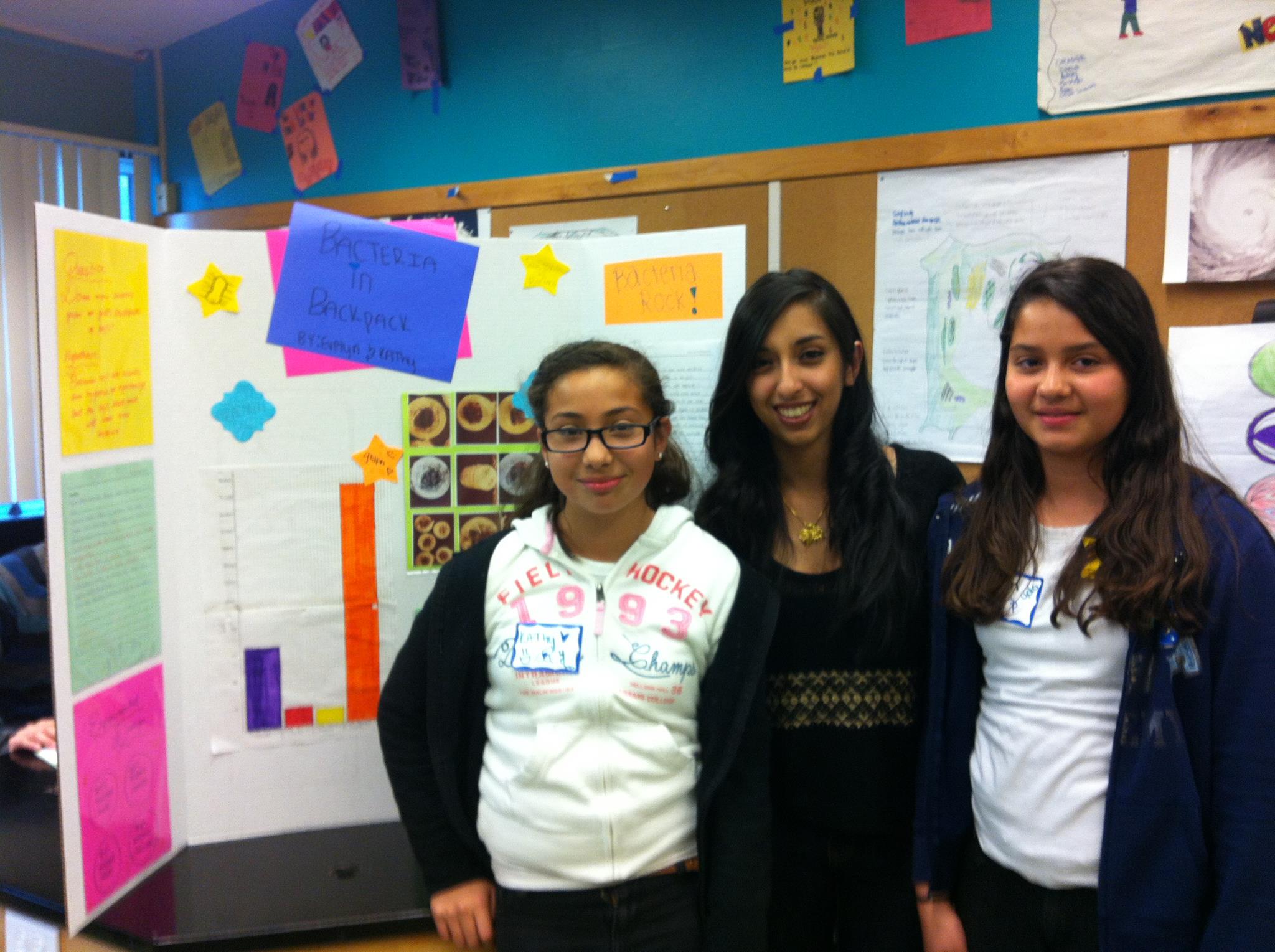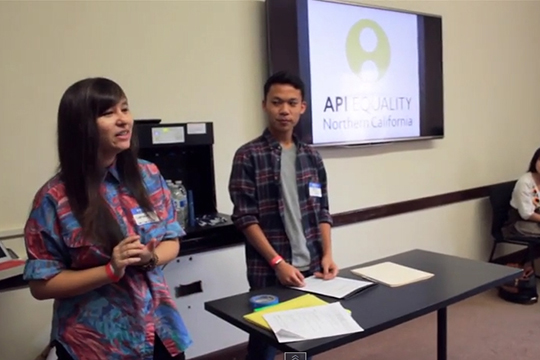By Ritika Dutta, ’15 (Biology)
In my sophomore year, I worked with two middle school students on a project about bacteria. Neither of the girls seemed very interested in the material and both were constantly distracted. In an effort to make the project fun for them and engage them, I suggested that our project be to take bacteria from both girls’ and boys’ backpacks and compare the types and amount of bacteria in each. Immediately, the girls were excited and enthusiastic – they couldn’t wait to figure out whether boys or girls were “dirtier!”
The project was extremely effective in teaching essential scientific concepts, such as how to develop a hypothesis, design an experiment, and analyze data. As I watched the girls proudly and confidently present the project on the last day, I felt immensely proud at their progress – both girls had told me they were extremely shy and had never been able to speak publicly, but after a lot of practice and confidence-building, they did an amazing job and were able to overcome their fears. I hope that the experience helped them realize that science can be fun and interesting and opened the door for future exploration.



